There was a time when it seemed like modding an Android device was an everyday occurrence. Users spiced up their Androids to make up for the lack of features. But as Google continues to add new options and settings to Android with every passing year, it seems that many don't feel the need to use mods any longer.
Today it's mostly power users who still mod their devices, but that's only because it requires full root access to make it happen. The Shizuku app changes that, and will hopefully bring some new and old modders back onto the scene.
Shizuku uses a unique service that allows third-party apps access to system-level Application Programming Interfaces (APIs). It achieves this through the Android Debug Bridge (ADB) interface. ADB commands are somewhat limited by nature; however, combining them with system APIs gives you a significant amount of control. You also don't have to bother learning about the Android rooting process to start using Shizuku. Follow along with the guide below to learn how to set up Shizuku with your favorite method.
Install the Shizuku app
Before you can use custom mods or tweaks on your Android device, you need to install the Shizuku app. Short of having full root access integrated with the Shizuku service, using the ADB interface for the setup process is the next best option. Both choices give you a lot of extra control over your device, so you can't go wrong.
Prepare your device by enabling the developer options
Shizuku uses the hidden developer options on your Android device for the non-root methods in this guide, which makes it easier to enable them. If you don’t have your developer options already enabled, you can do the following to turn them on:
- Open your Settings app, then go to System → About Phone.
- Scroll down to the Build number section and rapidly tap it 7 times to continue.
- Enter your PIN or password as needed.
- You’ll see a notification popup that states “You are now a developer!”
The method to enable the developer options can differ slightly based on the Android device manufacturer. Many of them are in a similar location, but you may have to double-check your device. If you can find a Build number section for your Android version, just tap it rapidly 7 times to enable the developer options.
With your developer options now enabled, you're done with basic preparations. You can move on to setting up Shizuku.
How to set up Shizuku with the wireless debugging feature
Starting with Android 11, Google added the wireless debugging feature to the developer options, which allows you to execute ADB commands over Wi-Fi. Before this, the only other option was to physically connect your Android device to a computer via a USB cable.
The learning curve with the ADB interface is steep enough to keep average users from trying it out for themselves. However, the on-device wireless debugging feature makes it easy for anyone to use ADB commands—no computer or complicated setup is required.
If you have Android 11 and above, you can use Shizuku with the wireless debugging feature by doing the following:
- Open the Shizuku app to the main screen, then scroll down to the Start via Wireless debugging section.
- Tap the Pairing button, then press Developer options.
- Scroll down until you find the Wireless debugging option.
- Tap the Use wireless debugging button.
- Check the Always allow on this network box.
- Press Allow to enable the feature.
- Press Pair device with pairing code to bring up the Pair with device popup.
- Input the unique 6 digit Wi-Fi pairing code exactly as it appears into the Shizuku Pairing code notification textbox.
- If needed, swipe down on your status bar to the Shizuku notification, then tap Enter pairing code.
- Enter your Wi-Fi pairing code and press the Send button on the right to confirm.
- You should see a Pairing successful message if the pairing code was correct.
- Your device is now synced up with the Shizuku app.
- Tap the back arrow or gesture a few times until you return to the Shizuku app main screen.
- You might have to swipe away the Pairing successful notification before you can do that.
- Under the Start via Wireless debugging section, tap the Start button to enable the service.
- The Shizuku service will now automatically start on a new screen. It will close once the process is complete.
- Scroll back to the top and ensure it shows the Shizuku is running status with a version number followed by adb.
If you keep getting the Searching for wireless debugging service message when enabling Shizuku, you've run into a minor issue. To fix this, tap Developer options in the message popup, then disable and enable the Wireless debugging feature. Tap the back arrow to return to the Shizuku app, and it should start the service.
Now that the Shizuku service is ready and waiting on your device, you can use it for any app or mod with official Shizuku support. You'll have to start the service again after every reboot, so keep that in mind.
How to set up Shizuku with ADB commands on a computer
The wireless debugging feature is the best non-root method for most Shizuku users; however, some might still prefer to use the ADB interface through a computer. The setup process is more involved than the on-device wireless debugging feature introduced with Android 11.
Once you get past the initial setup phase, it becomes a lot easier to use. To get Shizuku started with ADB commands on a computer, do the following:
- Download the latest Android SDK platform-tools and extract the folder to your desktop for easy access.
- Install the Google USB drivers if needed (for Windows users).
- Enable USB debugging on your Android device.
- Open the Settings app, then go to System → Developer options.
- Scroll down and tap the USB debugging option.
- Press OK to enable.
- Connect your phone to your computer via a USB cable.
- On your Android device, confirm the fingerprint key for the computer by pressing Allow when required.
- Check the Always allow from this computer box to avoid any potential connection issues.
- Check the Always allow from this computer box to avoid any potential connection issues.
- Open a command window or terminal in the platform-tools folder.
- If you're using Windows, you click the address bar in the platform-tools folder, type cmd, and press Enter. This will open a new command window directly in the platform-tools folder.
- If you're using Windows, you click the address bar in the platform-tools folder, type cmd, and press Enter. This will open a new command window directly in the platform-tools folder.
- To double-check that your device is connected through ADB properly, you can type adb devices in your command window or terminal, then press Enter. Initiating the ADB command should ask you to confirm your computer's fingerprint key now if it didn't pop up earlier.
- You should see a unique device identifier number under List of devices attached, letting you know it is connected and recognized by the ADB interface.
- Copy and paste adb shell sh /sdcard/Android/data/moe.shizuku.privileged.api/start.sh into your command window or terminal, then press Enter.
- On some platforms (especially Mac and Linux), ADB commands will likely need to be entered with "./" minus the quotes at the beginning for them to work correctly.
- The command will enable the Shizuku service on your Android device, showing an exit with 0 status within a few seconds.
- If you see this at the end, that means you're good to go — the service was successfully started.
- If you see this at the end, that means you're good to go — the service was successfully started.
- Check your Shizuku app at the top, and you'll see the Shizuku is running status with a version number followed by adb.
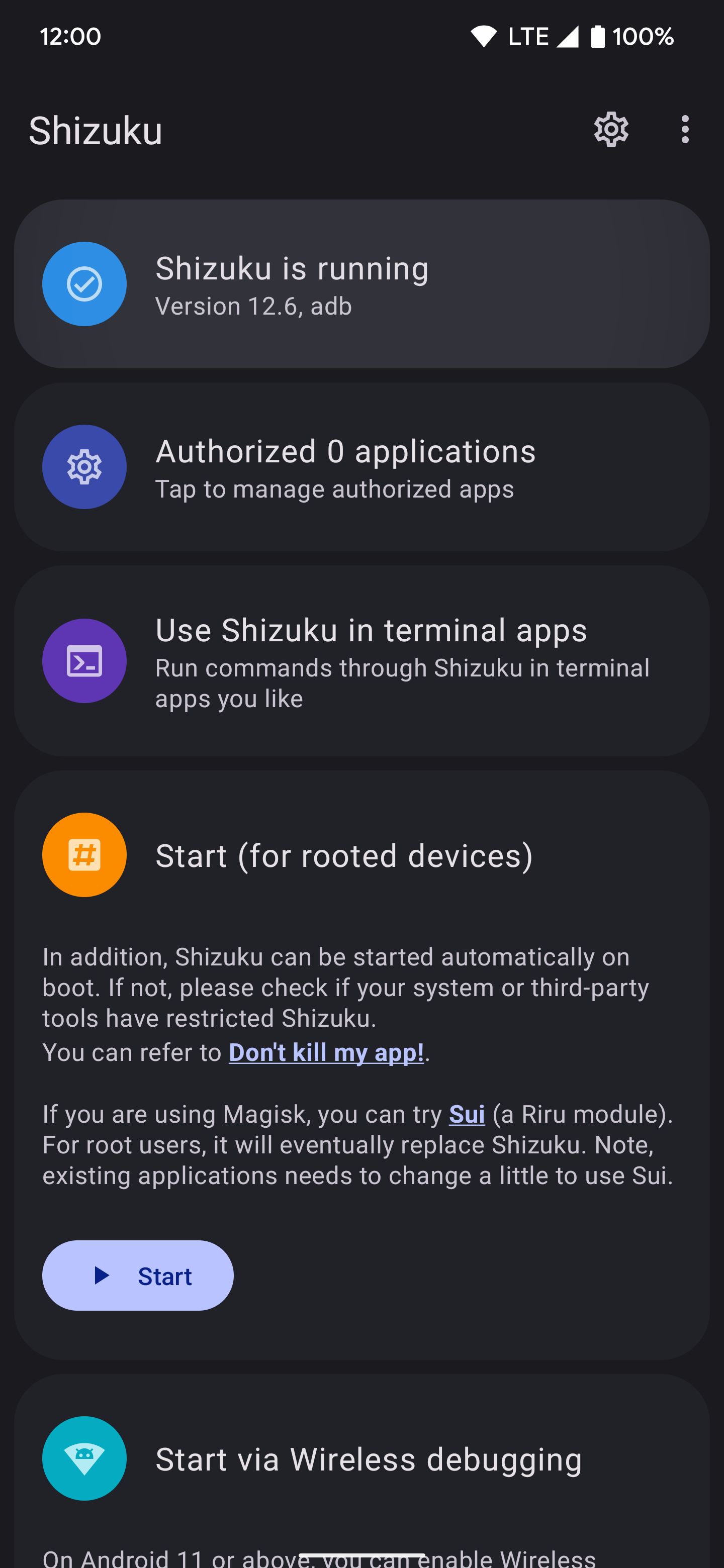
Just as with the wireless debugging feature, you must reactivate the Shizuku service each time you reboot your device. These two methods rely on the ADB interface, which only makes temporary changes to your device without root access. Since you don't need to reboot that often these days, it likely won't be an issue for most.
If you want to use Shizuku in a terminal environment on Android, you can follow the in-app instructions by tapping Use Shizuku in terminal apps. It'll ask you to export and edit two files with the package name of your terminal app. Move them to a place where the terminal can find them. This is an advanced feature for people who like working with a command-line interface, so the average user likely won't mess with it.
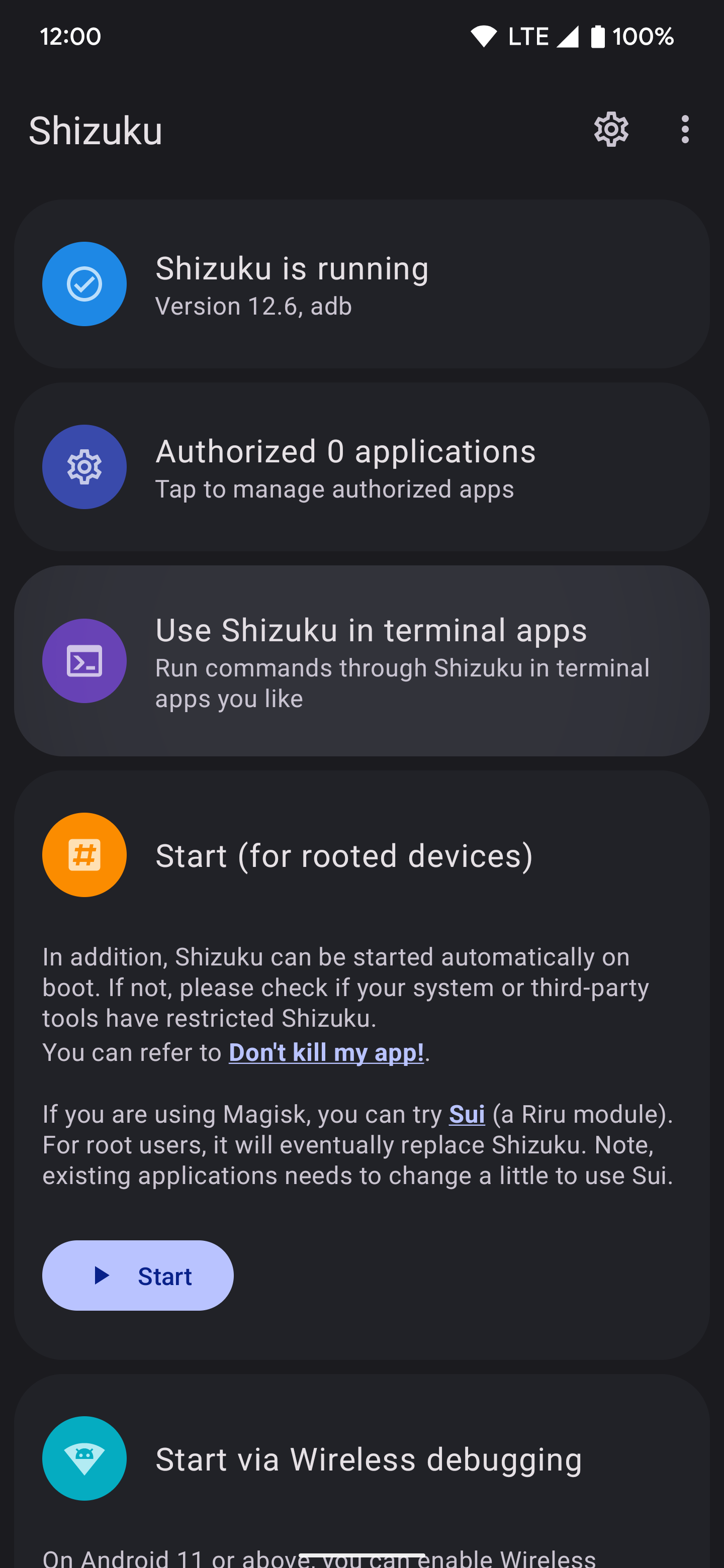
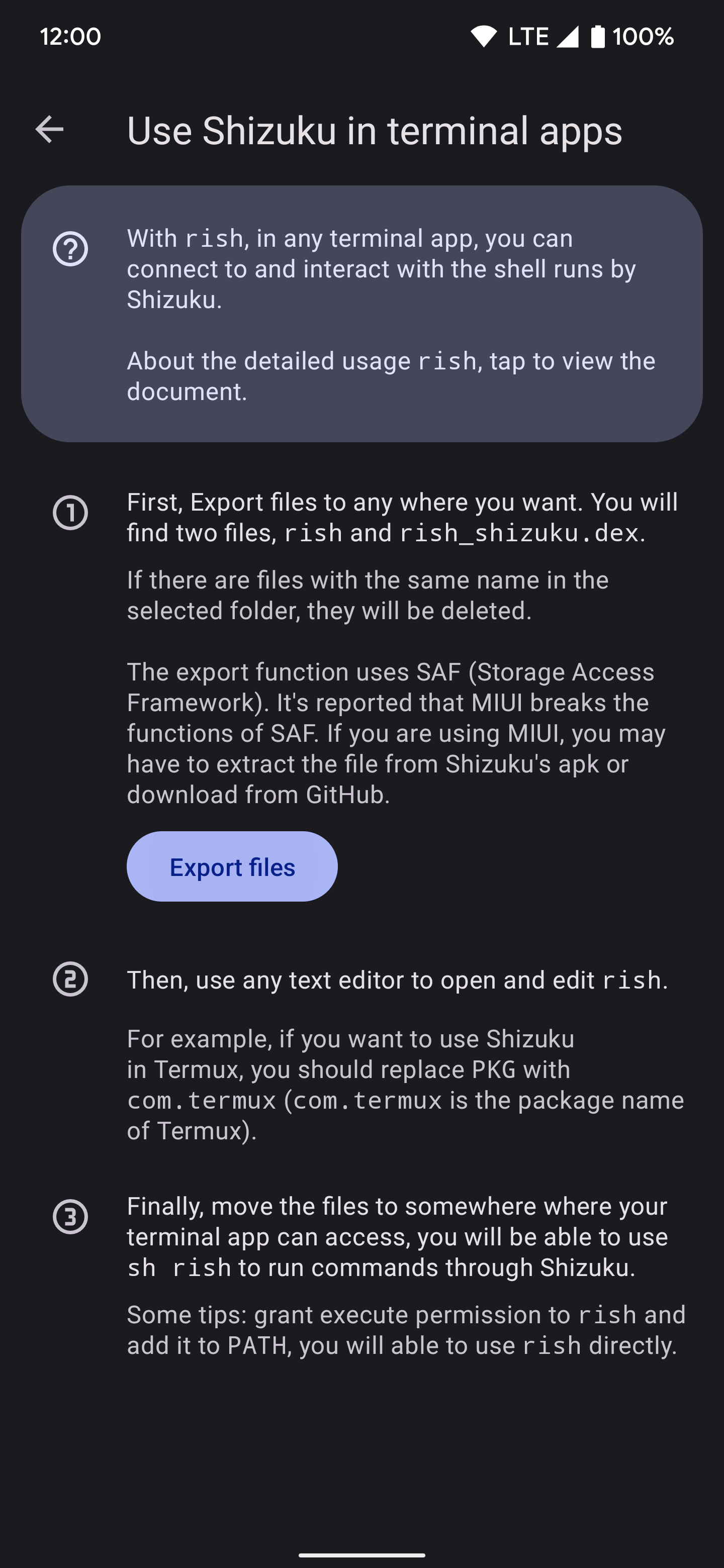
How to set up Shizuku with full root access
You don't need root access to use Shizuku on your Android device; however, it's the fastest route you can take to enable the service. Not only is the setup as simple as pressing a button, but you can also keep the Shizuku service enabled after a reboot. If you want to use Shizuku with full root access, do the following:
- Open the Shizuku app to the main screen, then go to the Start (for rooted devices) section.
- Tap the Start button to begin the process.
- Press Grant to give the proper root permissions when requested.
- The Shizuku service will start within a few seconds on a new screen, then automatically close when it's finished.
- Scroll to the top and check that you see the Shizuku is running status with a version number followed by root.
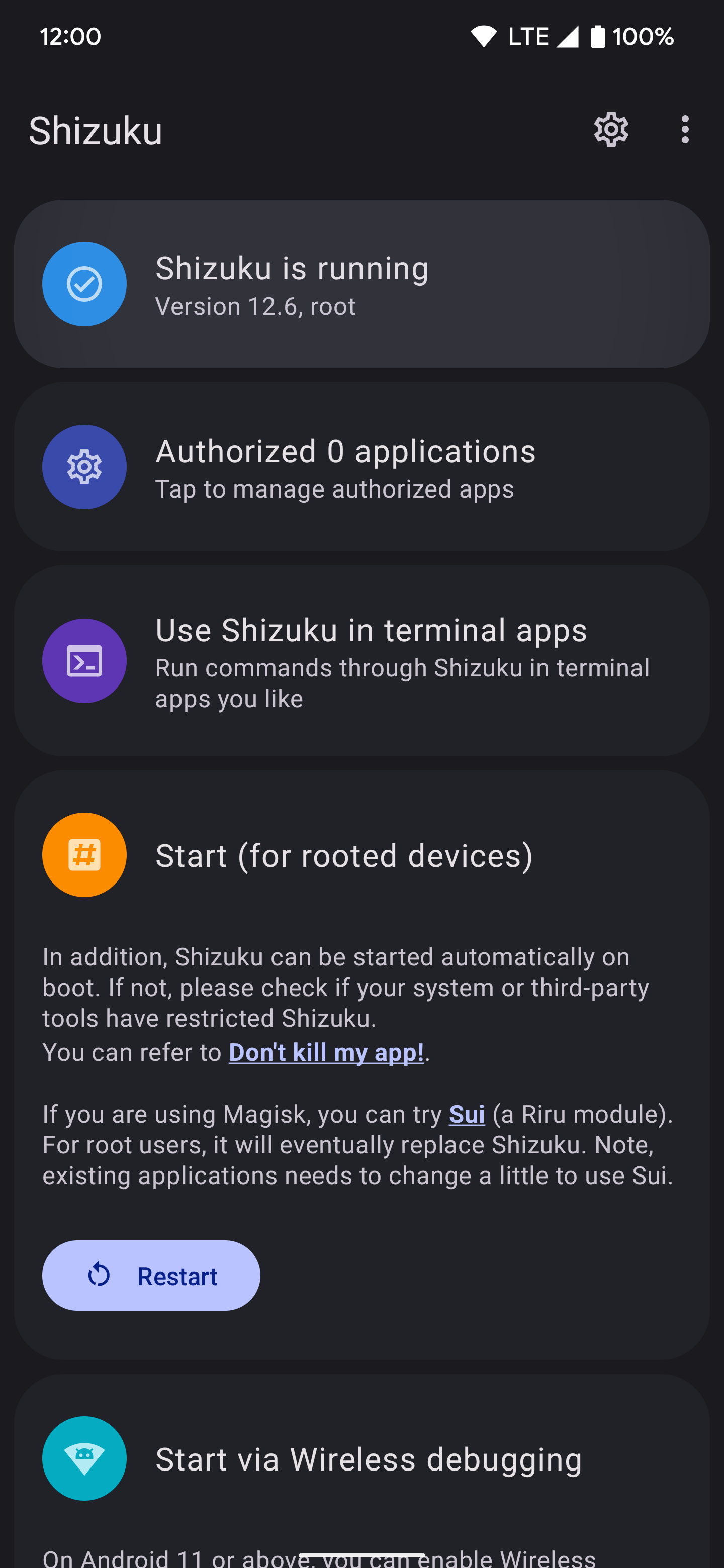
If you don't want to reactivate the Shizuku service after every reboot, you can change that as needed. Tap the Settings cogwheel icon in the upper right corner, then enable the Start on boot (root) option. Once you do that, the Shizuku service will stay enabled after you reboot your device. It will be even easier for you to manage from here on out.
Now that you know how to set up Shizuku, you can start testing out different mods for yourself — no root access is needed to benefit from its features. Soon enough, we should start seeing even more unique apps and mods with native support for the Shizuku service as well.
"Android" - Google News
April 10, 2022 at 08:20PM
https://ift.tt/vN5fjtF
How to use Shizuku for ADB rootless mods on any Android device - Android Police
"Android" - Google News
https://ift.tt/TAiUnDs
https://ift.tt/FZqE2Mk
Bagikan Berita Ini
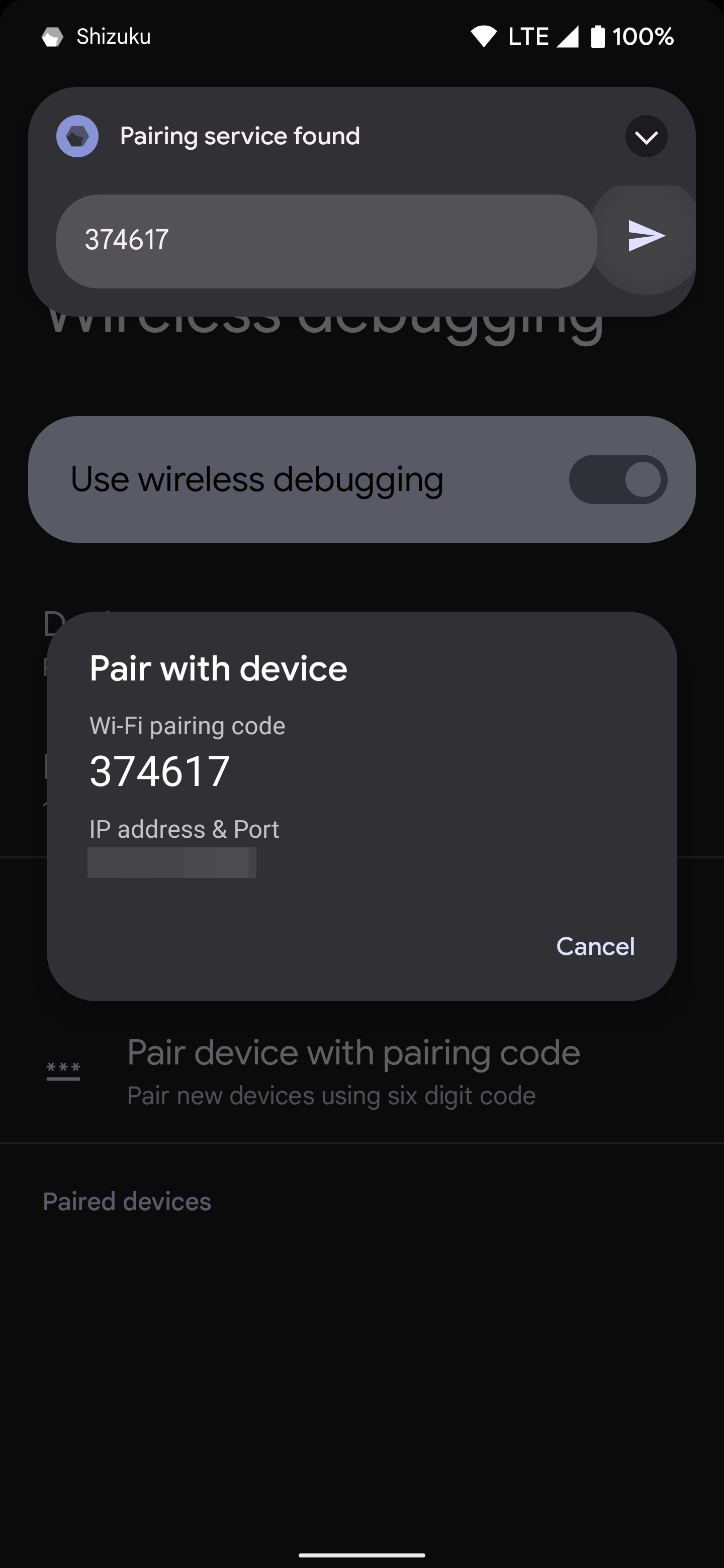
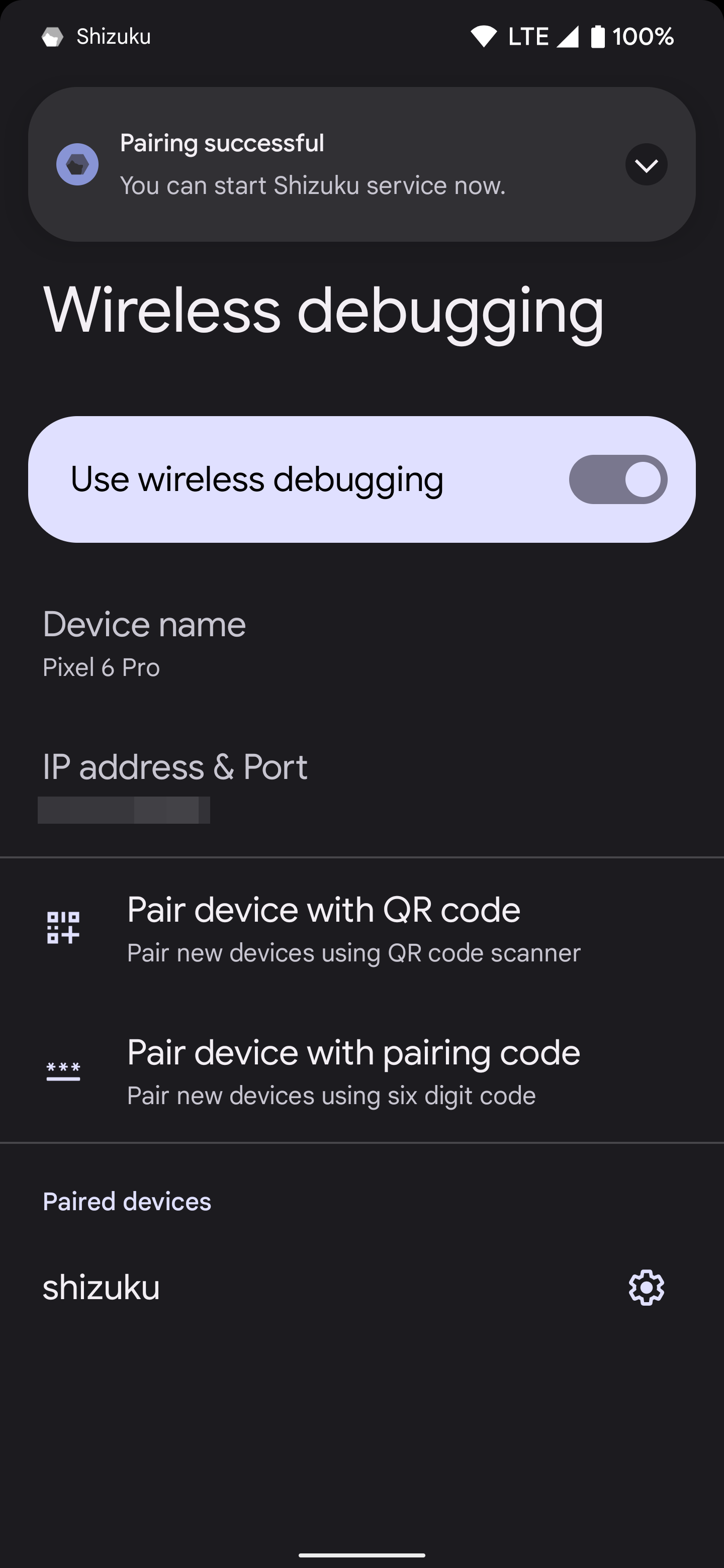
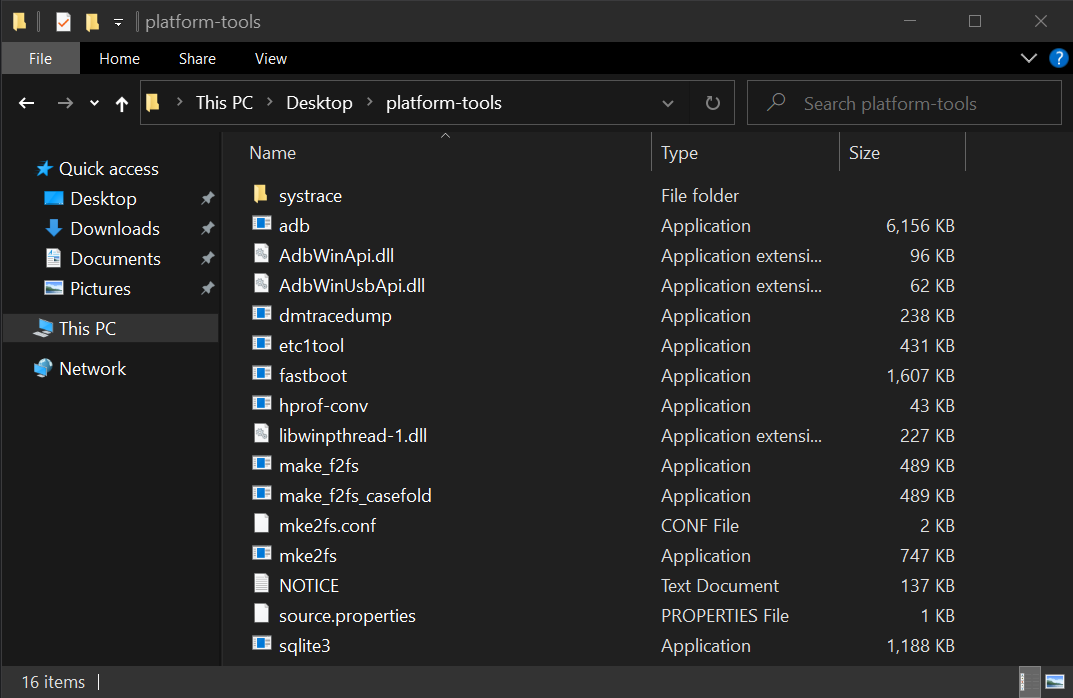
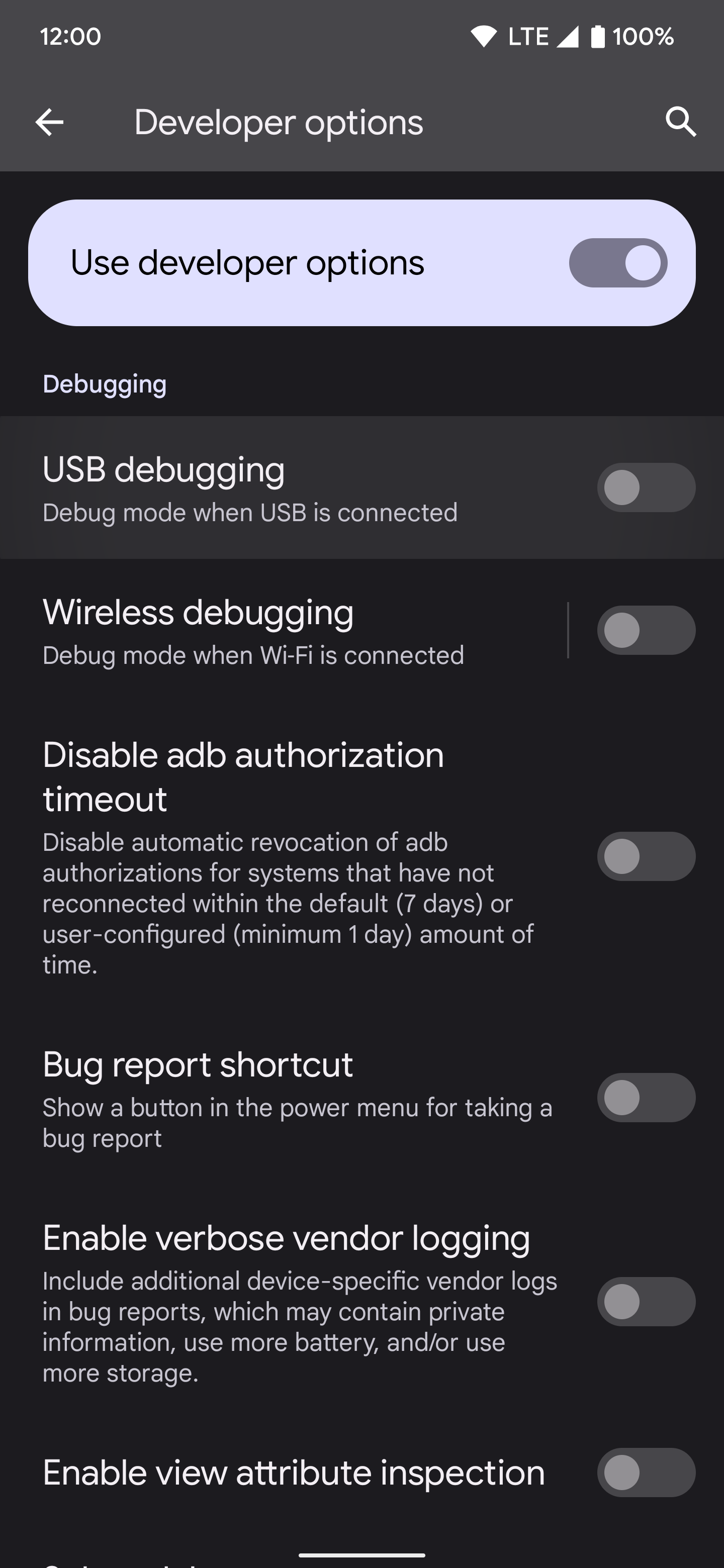
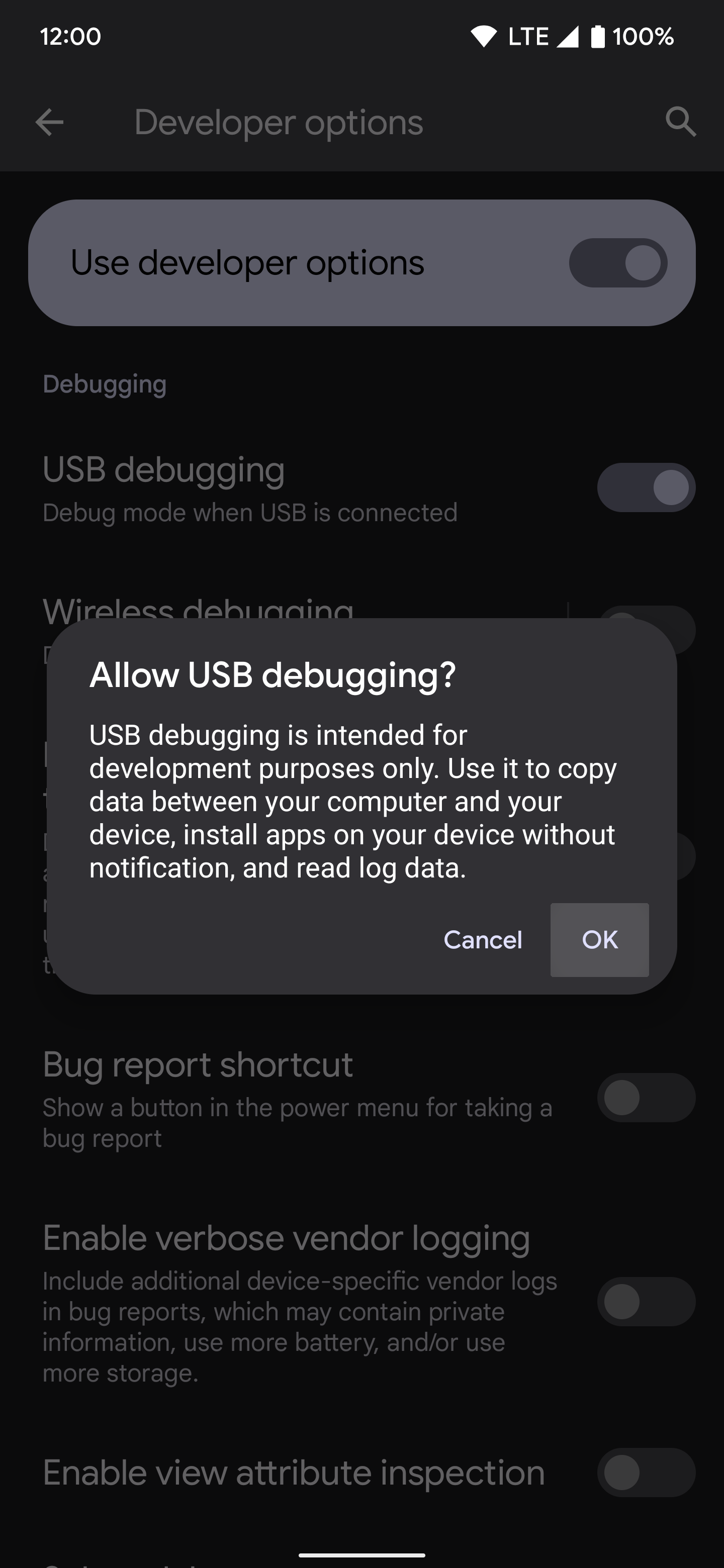
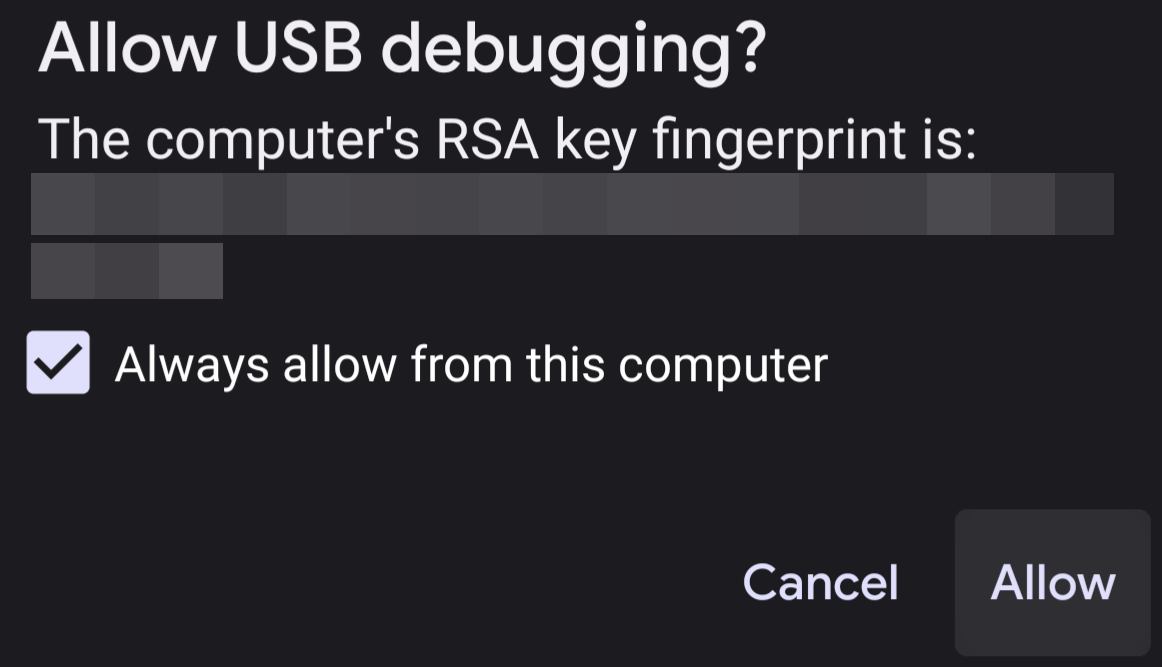
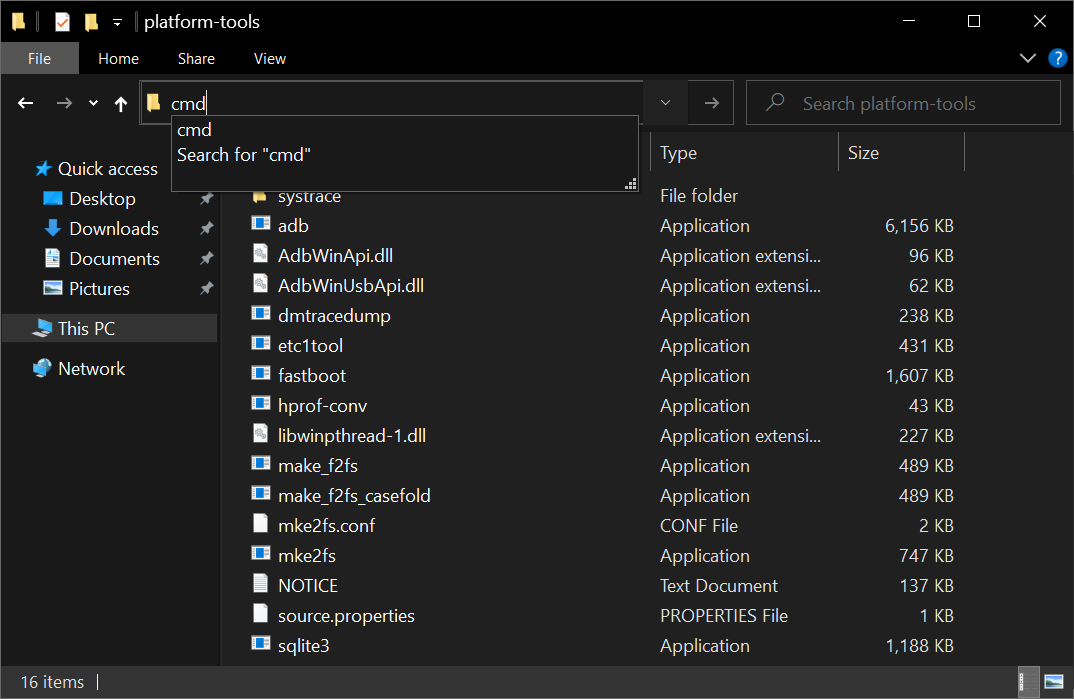
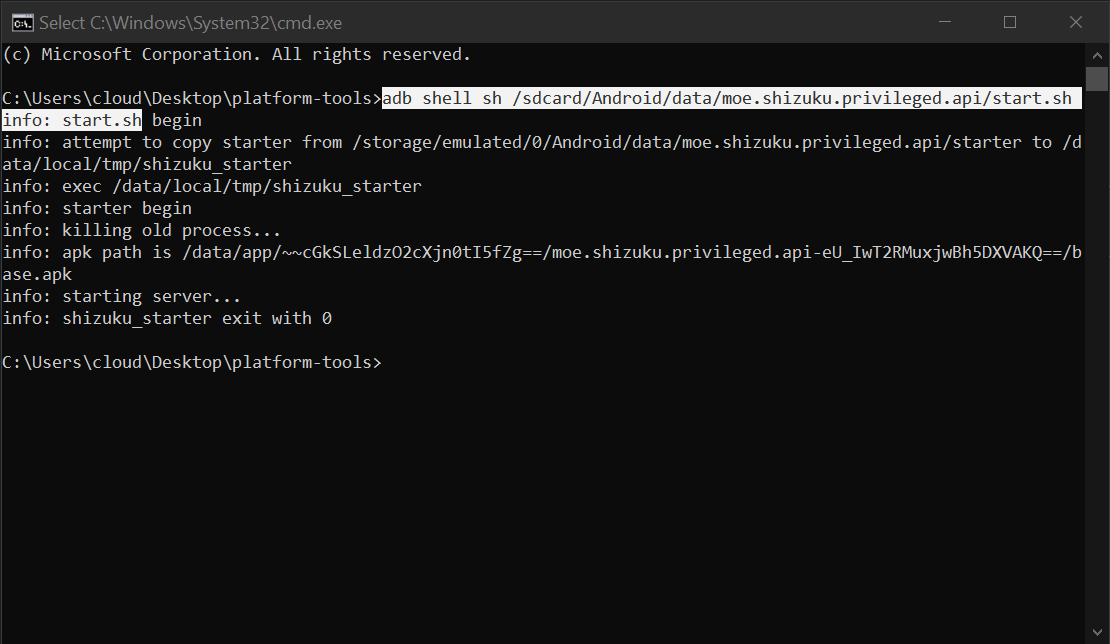


















0 Response to "How to use Shizuku for ADB rootless mods on any Android device - Android Police"
Post a Comment